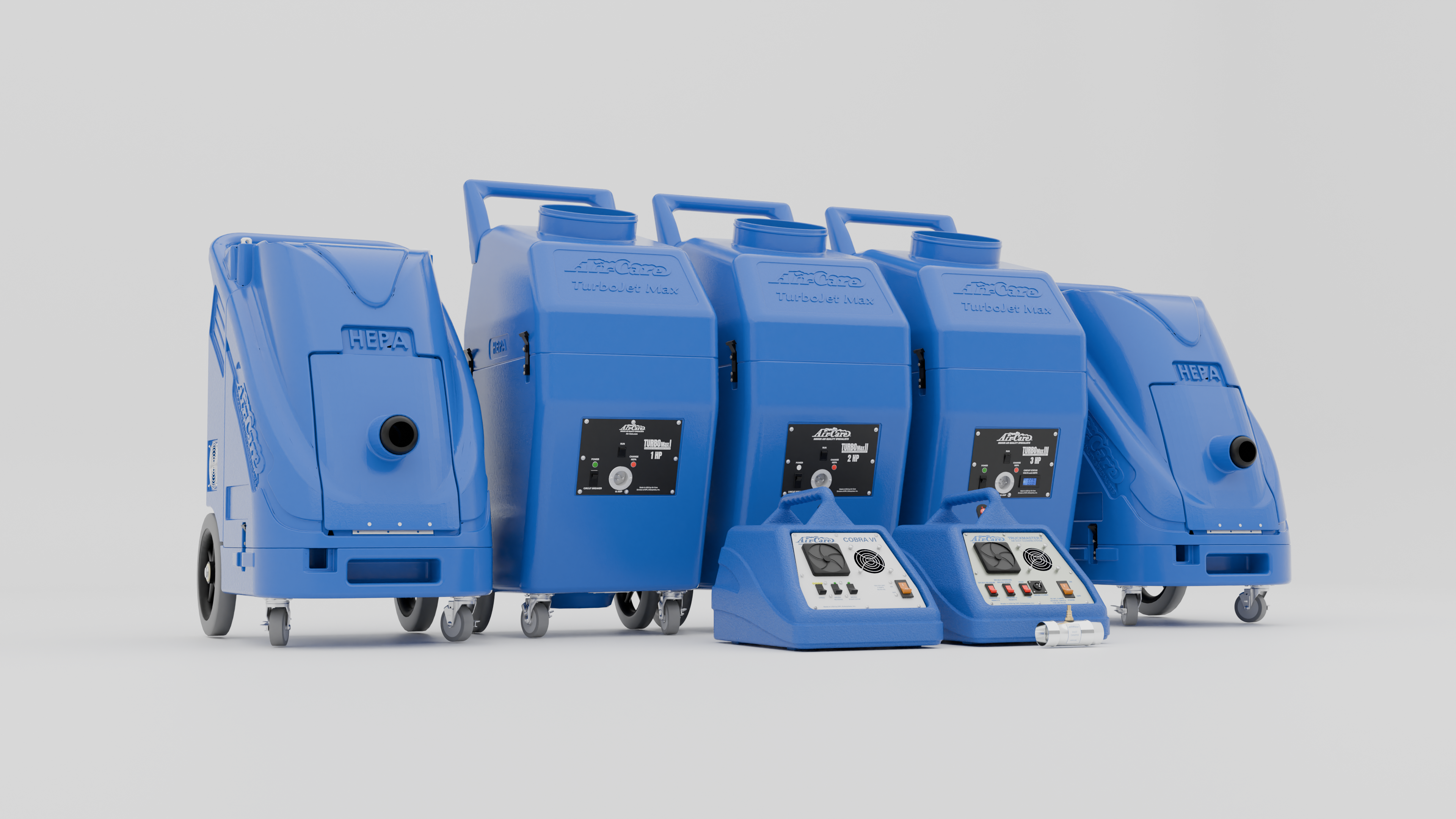
1. Introduction to Air Duct Cleaning
Air duct cleaning tools are an important part of maintaining a healthy and efficient HVAC system. Whether you’re a homeowner curious about the process or someone considering a career in duct cleaning, understanding the tools and methods involved is crucial. Here’s a simple guide to the essential air duct cleaning tools and how they work.
Ducts are the pathways through which air flows from your heating, ventilation, and air conditioning (HVAC) system into your home. Over time, dust, dirt, and other contaminants can accumulate in these ducts, reducing air quality and system efficiency. Professional air duct cleaning helps remove these contaminants, ensuring cleaner air and a more efficient HVAC system.
2. Cleaning Methods
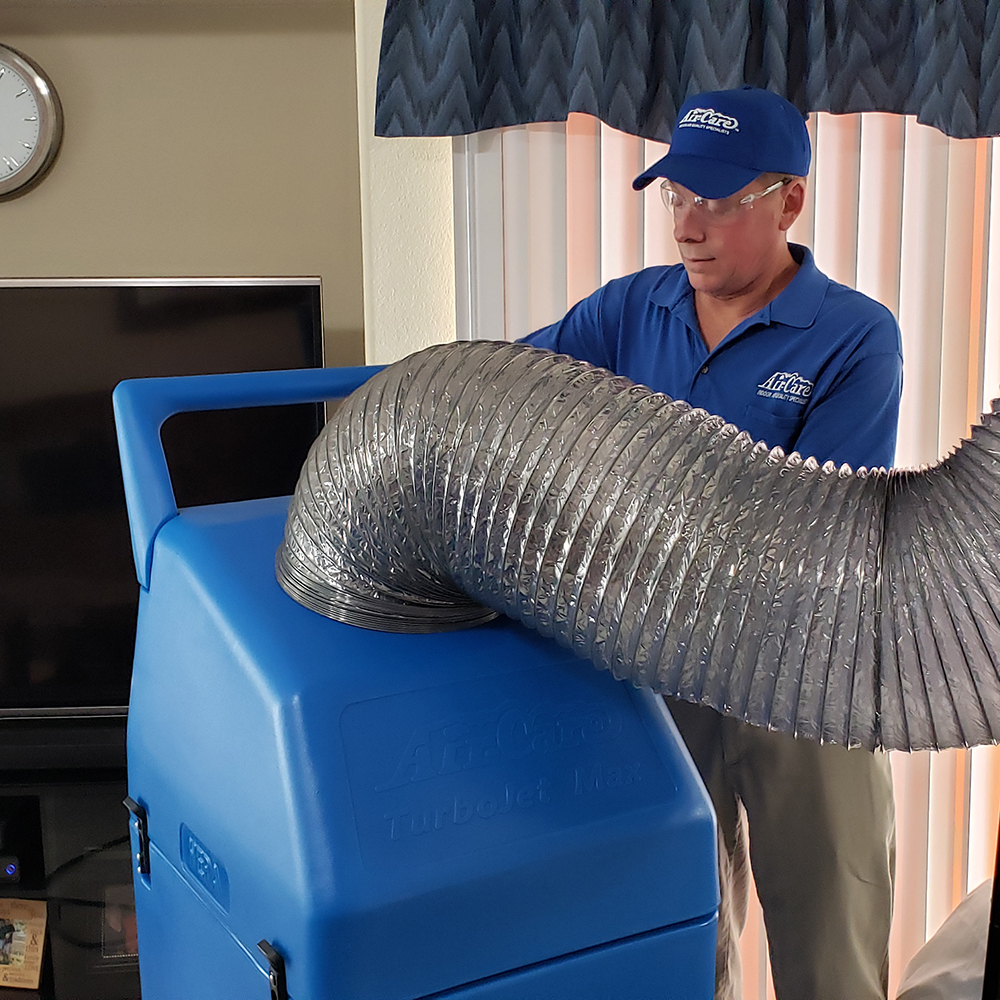
Negative Air Cleaning Negative air cleaning uses a powerful vacuum system to create negative pressure within the ducts. As the system pulls air through the ducts, brushes and whips dislodge dirt, which is then sucked out by the vacuum. This method is less invasive and can be used on a variety of duct types. The TurboMax machines are excellent for this method and is used with the Cobra 6 power brush system.
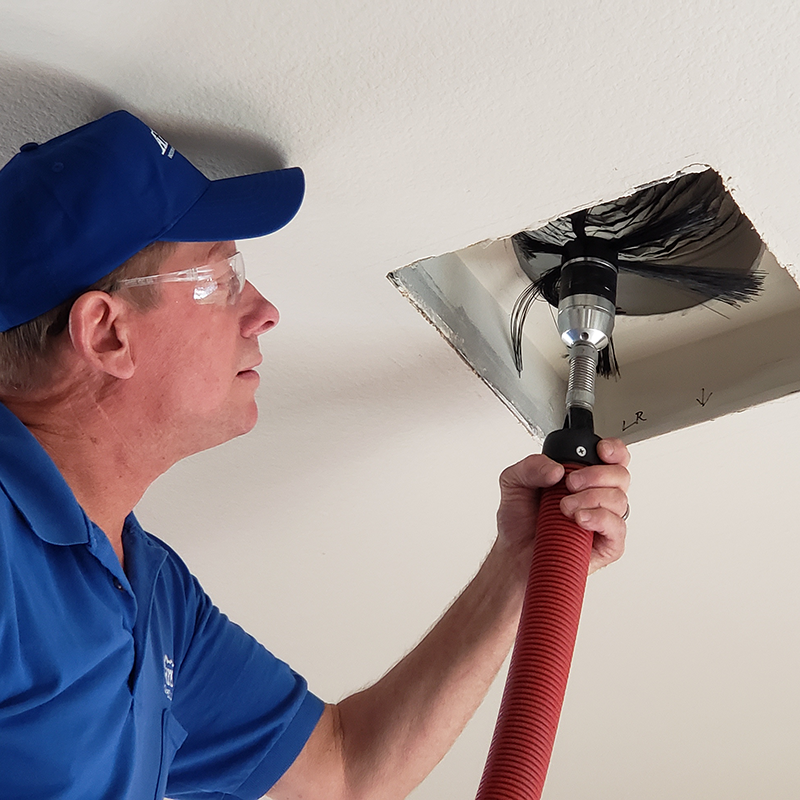
Contact Cleaning Contact cleaning involves using brushes that physically contact the duct surfaces to scrub and dislodge dirt and debris. This method is effective for removing heavy buildups but requires careful handling to avoid damaging the ductwork. The Ductmaster is commonly used for contact cleaning.
3. Basic Air Duct Cleaning Tools
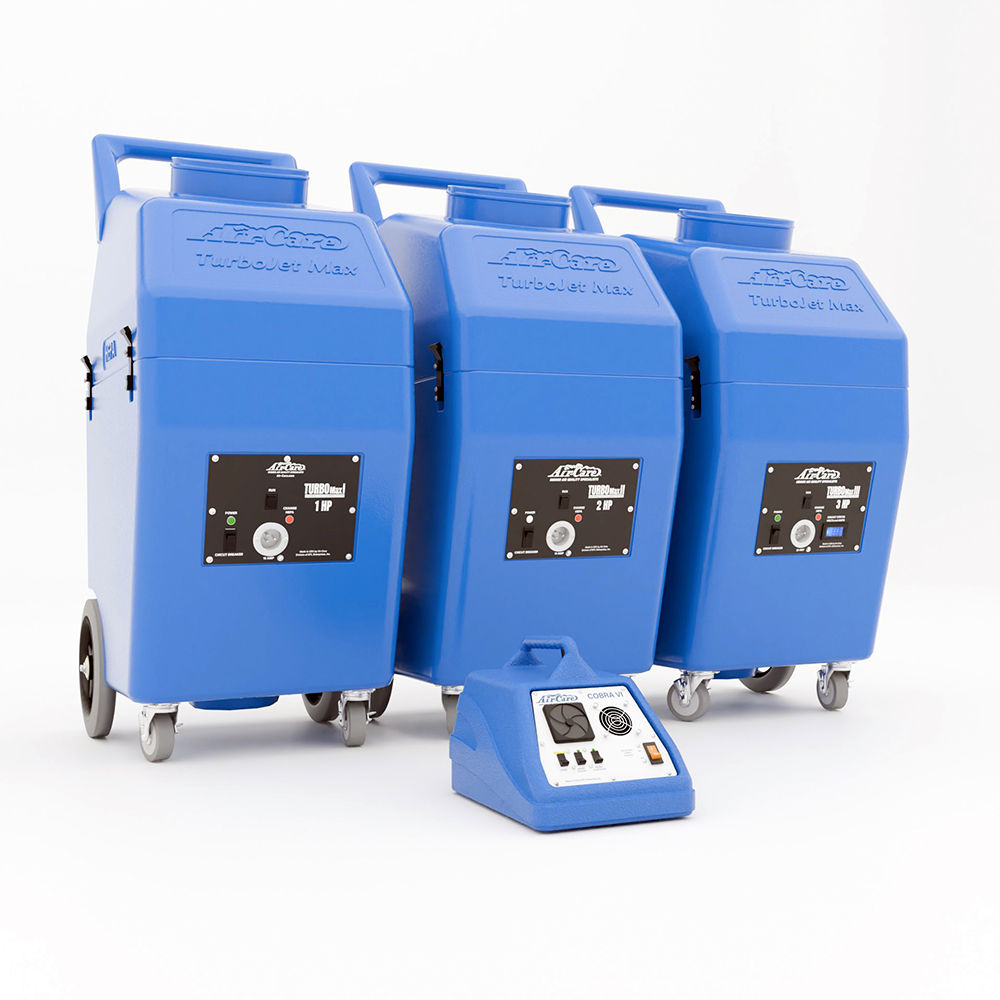
Negative Air Machines
Negative air machines are powerful vacuums that create negative pressure within the ducts, sucking out dust and debris. Examples include the TurboMax 1, TurboMax 2, TurboMax 3 machines. The Cobra 6 is a power brush system used with the TurboMax machines for effective negative air cleaning.
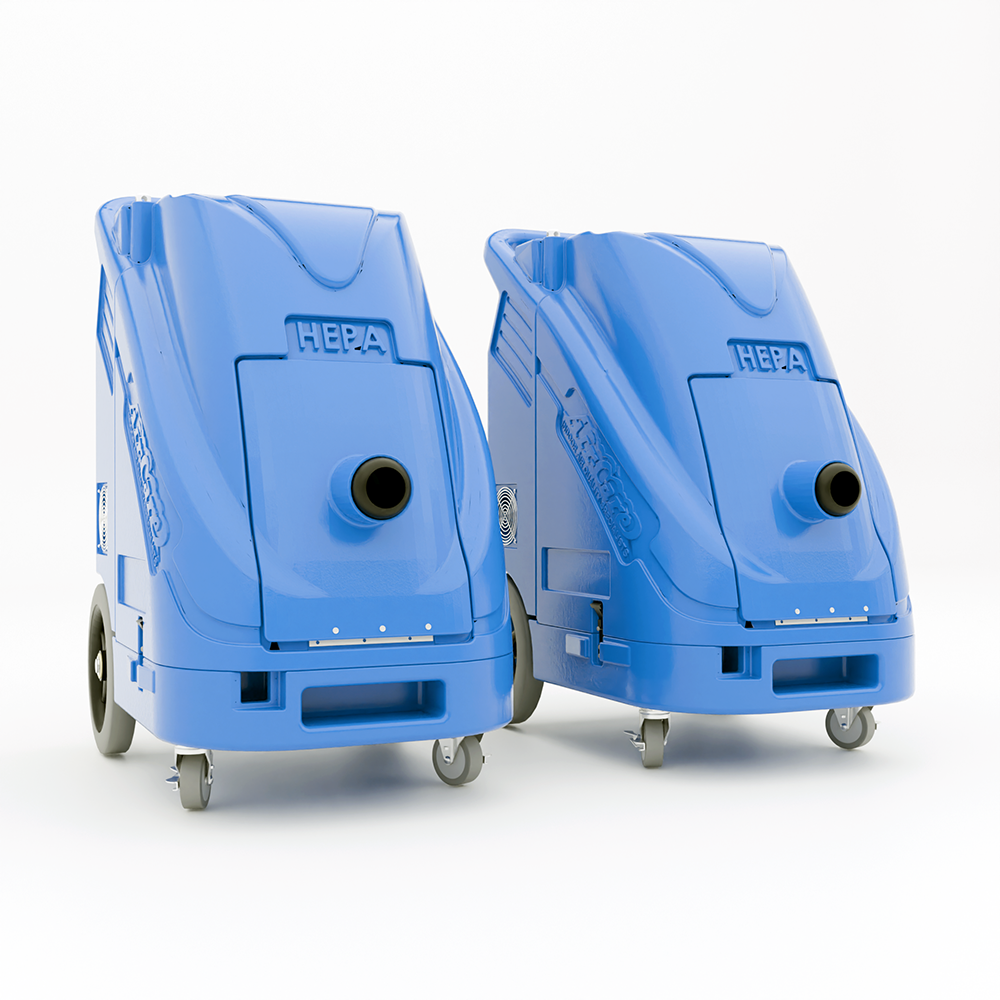
Contact Cleaning Machines
Contact cleaning machines use hoses with strong suction power and brushes to clean the ducts effectively. These systems, such as the Ductmaster and Vent Vac, are designed to scrub the interior surfaces of the ducts to dislodge dust and debris. The Vent Vac is typically used for dryer duct cleaning.
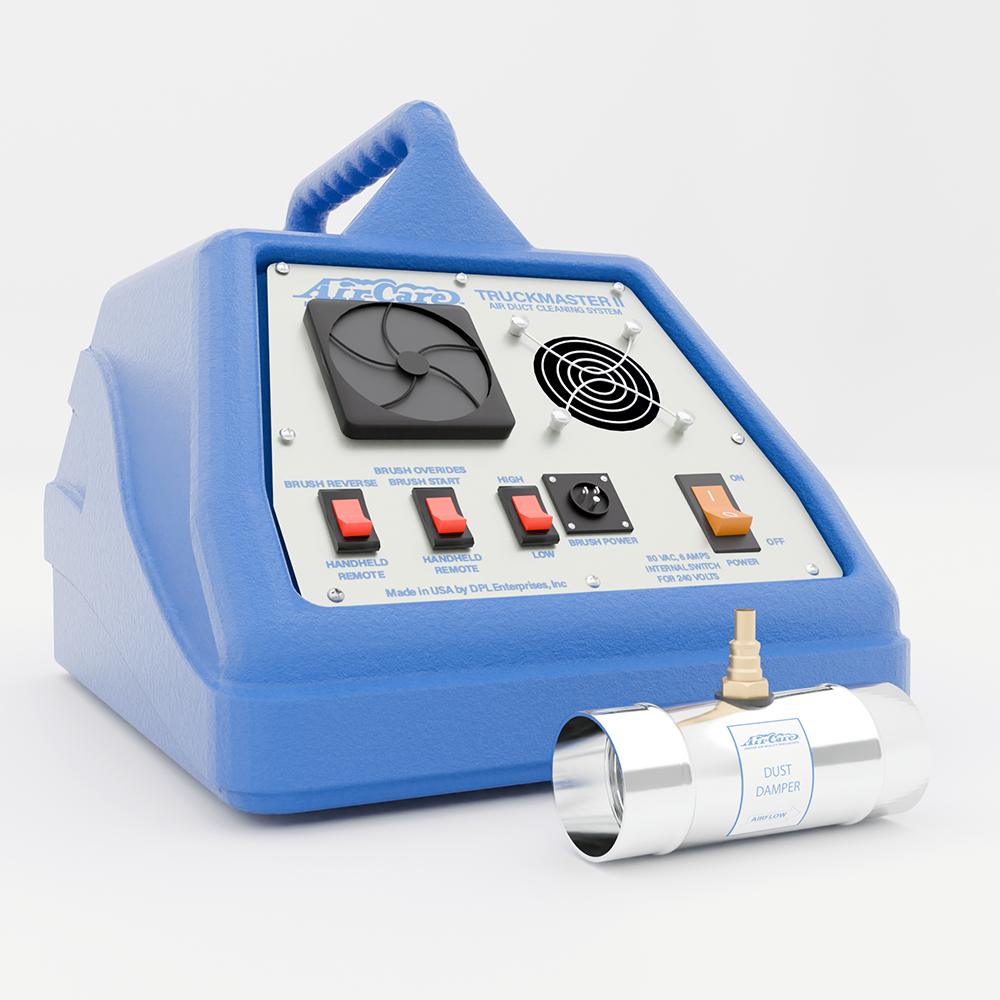
Truckmaster Machine
The Truckmaster machine is specifically designed for use with truck-mounted carpet cleaning equipment. It cannot be used with portable machines. The Truckmaster hooks up to a company’s truck vacuum using a special adapter (the Dust Damper) that adds water to the debris, preventing damage to the carpet cleaning machine, which cannot handle dry debris. This unique feature makes it an essential tool for companies that use truck-mounted systems for carpet cleaning.
4. Specialty Tools
Access Tools
- Electric Shears and Drills: These tools are used to cut access holes into the ductwork, especially in commercial settings where ducts are larger and more complex. Access holes allow for better cleaning reach and are patched up after the cleaning is done. Electric shears are ideal for quickly cutting through metal ducts.
- Sheet Metal Patches: After cutting access holes, these patches are used to seal the ducts back up. The patches are usually the same gauge as the original duct material and are secured with screws and sealant or foil tape.
Sealants and Tapes
- Duct Sealant: Used to seal patches on ducts, ensuring no air leaks after the cleaning process. It’s important to use the type of sealant preferred by the building engineer or specified for the job.
- Foil Tape: Unlike regular duct tape, which can loosen over time, foil tape is designed to maintain a strong seal on ducts. It’s essential for sealing seams and patches. Look for UL-approved foil tape to ensure quality.
5. Types of Air Ducts
Understanding the types of ducts in a system helps in choosing the right air duct cleaning tools and methods for cleaning.
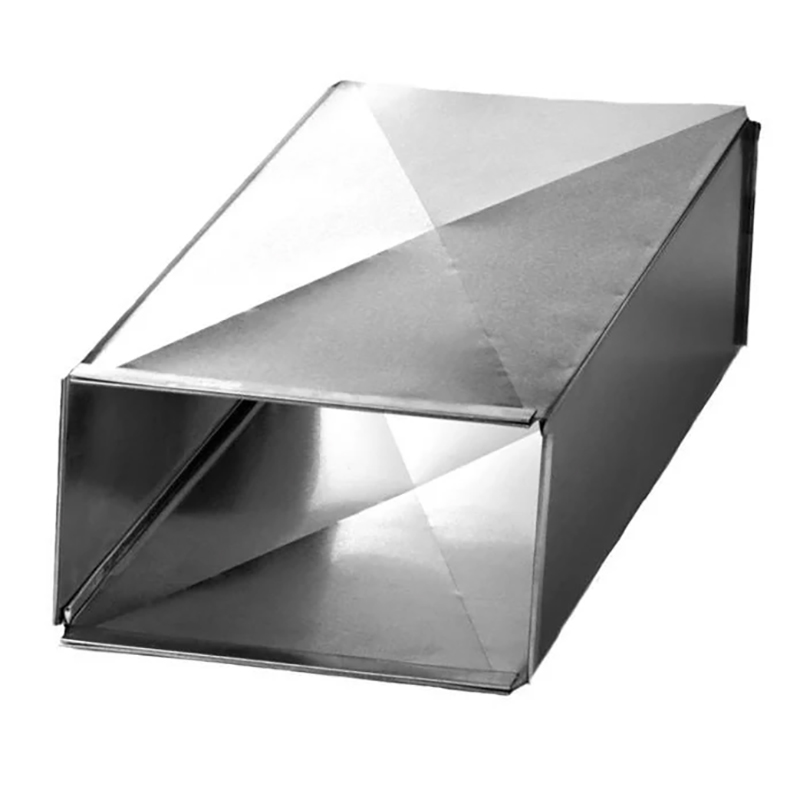
Metal Ducts Metal ducts, common in both residential and commercial buildings, are durable and can handle both contact and negative air cleaning methods. However, care must be taken not to damage any interior insulation.
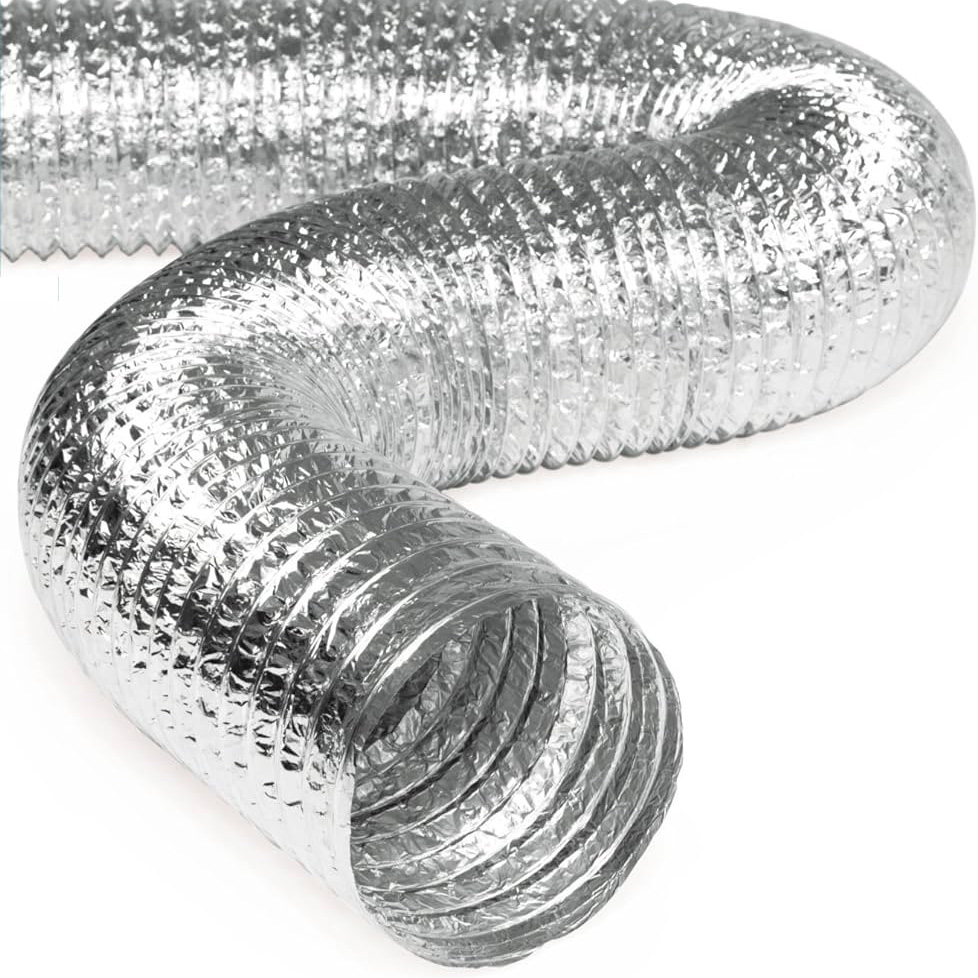
Flex Ducts Flex ducts are made of a flexible plastic material and are more common in residential settings. They require gentle cleaning methods to avoid tearing or puncturing the duct walls.
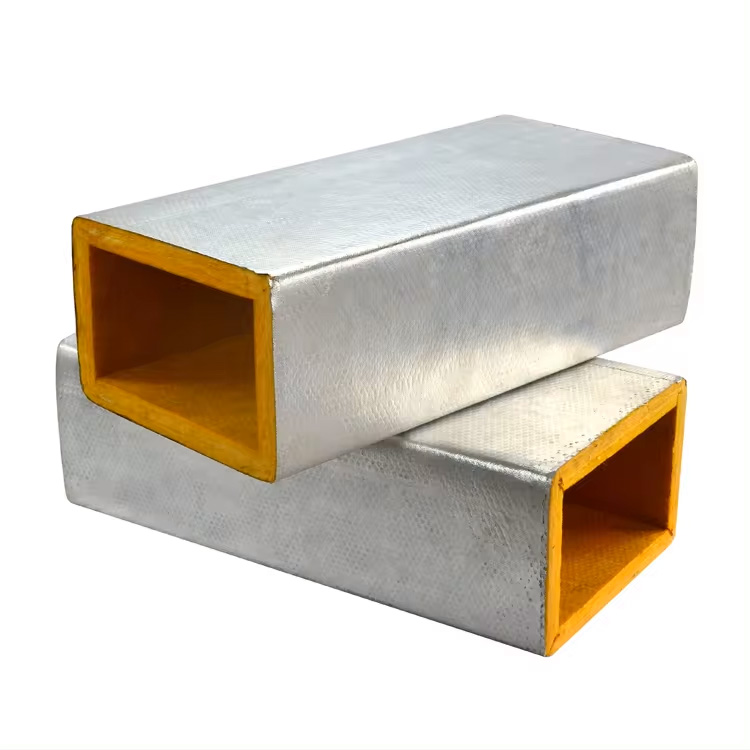
Duct Board Duct board, or fiberboard, is a compressed fiberglass material with a foil lining. It’s used for its insulation properties and sound reduction. Special care is needed to avoid damaging the board during cleaning and patching.
6. Safety Considerations
Safety is a key concern during air duct cleaning. Here are some important safety tips:
- Protective Gear: Always wear gloves, masks, and protective eyewear to avoid inhaling dust and debris.
- Proper Ventilation: Ensure good ventilation in the area being cleaned to avoid dust buildup.
- Electrical Safety: Be cautious when working around electrical components, especially when using metal tools near live wires.
7. Conclusion
Air duct cleaning is essential for maintaining a healthy indoor environment and ensuring the efficiency of your HVAC system. By understanding the cleaning tools and methods involved, you can better appreciate the work of professional duct cleaners or even consider entering the field yourself. With the right tools and techniques, air duct cleaning can be a straightforward and effective process.

 To learn more about air duct cleaning and procedures, check out our
To learn more about air duct cleaning and procedures, check out our